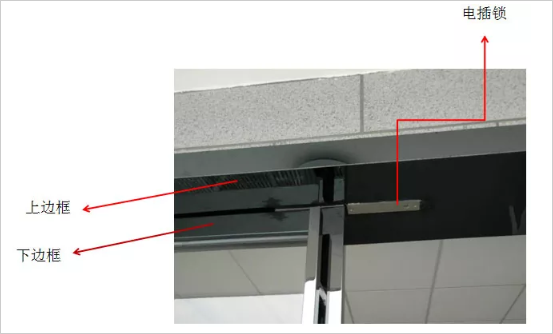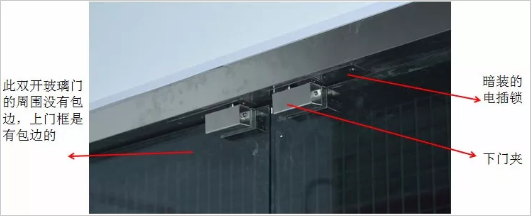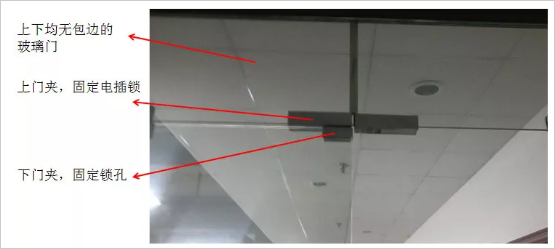The electric mortise lock is one of the locks. Once you hear the name, you know that it is not an ordinary lock. How to install this electric mortise lock? What is the principle of electric mortise lock? Presumably this is what most people want to know, then let's explain it to everyone.
First, basic common sense
The difficulty in access control installation lies in the installation of the electric lock. The installation of the electric lock is mainly determined by the door. Therefore, the most basic question is, "What is your door?" Simple points, the door can be divided into glass doors, wooden doors / metal doors (security doors), glass doors are recommended to install "electric locks" as long as conditions permit.
Second, the installation steps
The first step: first close the door, determine the center line of the door and the door frame, and then align the sticker in the electric lock box with the center point.
Step 2: Open the hole in the door frame by pressing the hole shown on the sticker.
Step 3: Install the lock body on the door frame, place the baffle on it, and fix it with screws.
Step 4: Install the lock on the door.
Note: When installing, install the lock body (including the bolt part) in the spine, and then install the lock piece (including the keyhole part) on the upper part of the movable fan. During installation, care should be taken to adjust the corresponding position of the bolt and the keyhole, and the corresponding position between the ground spring and the ground lock. For a framed glass door, a locking piece can be used; but for a frameless glass door, the small door clamp "lower bracket" must be used as a keyhole.
Third, several glass door electric lock installation situation
1. There are edging glass doors on the top and bottom.
The most common type of electric lock installation does not require any additional accessories. The so-called condition means that the vertical thickness of the upper door frame is greater than 4.5cm.

Figure 1: The electric mortise lock is concealed. The lock body should be buried in the starter frame. The above picture shows the most common installation method of the electric mortise lock.

2, glass door with upper frame and no bottom frame: no under the edge, so use the "lower door clamp" to fix the keyhole

3, the glass door without borders up and down: need to use the "door clamp" to fix the electric plug lock, "lower door clip" to fix the lock hole

Description:
The advantages of the electric mortise lock: the concealed appearance is beautiful, and the door can be opened 180 degrees inside and outside.
Disadvantages: It is not as durable as magnetic locks, and it is more difficult to install holes in individual doors.
Pipe fittings
Excavator pipe fittings and tube fittings are essential components in the hydraulic system of excavators. These fittings are used to connect hydraulic hoses and tubes to various components of the excavator, such as the hydraulic pump, cylinders, and valves.
There are various types of excavator pipe fittings and tube fittings, including:
1. Flanges: Flanges are used to connect two pipes or tubes together. They are usually bolted together and provide a leak-free seal.
2. Adapters: Adapters are used to connect two different types of fittings or components. They can be male or female, and can be used to connect hoses, tubes, or other components.
3. Elbows: Elbows are used to change the direction of a pipe or tube. They come in various angles, such as 45 degrees or 90 degrees.
4. Tees: Tees are used to connect three pipes or tubes together. They come in various configurations, such as equal tees or reducing tees.
5. Couplings: Couplings are used to connect two pipes or tubes together. They can be either rigid or flexible, and are often used in tight spaces where movement is limited.
Excavator pipe fittings and tube fittings are made from various materials, including steel, brass, and aluminum. The choice of material depends on the application and the environment in which the excavator is used. For example, steel fittings are often used in high-pressure applications, while brass fittings are used in low-pressure applications.
Overall, excavator pipe fittings and tube fittings are critical components in the hydraulic system of excavators. They ensure that hydraulic fluid flows smoothly and efficiently through the system, enabling the excavator to perform its tasks effectively.
Pipe Fittings ,Hydraulic Plumbing Fitting,Hydraulic Pipe Fitting,Hydraulic Tube Fitting
CATSU Hydraulic Machinery Equipment Co.,Ltd , https://www.tiltrotatorcatsu.com



